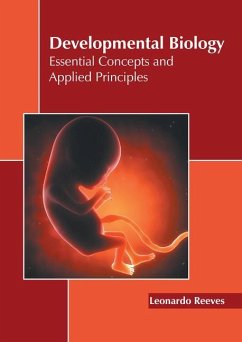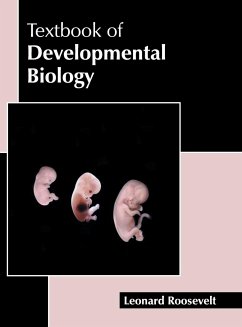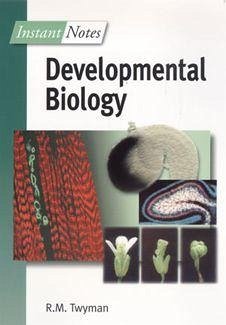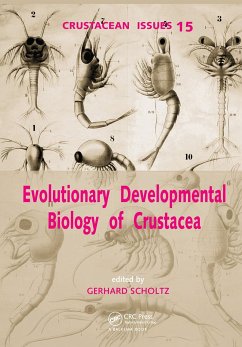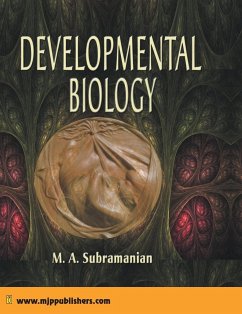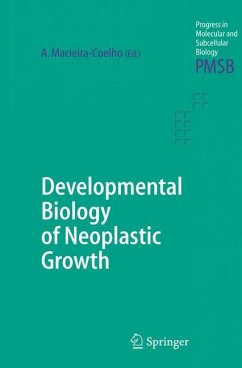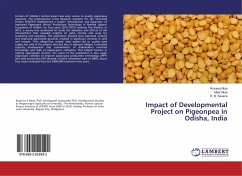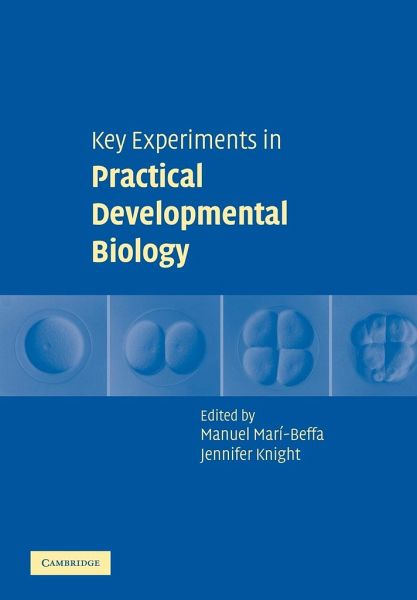
Key Experiments in Practical Developmental Biology

PAYBACK Punkte
31 °P sammeln!
Originally published in 2005, this unique resource presents 27 easy-to-follow laboratory exercises for use in student practical classes in developmental biology. These experiments provide key insights into developmental questions, and many of them are described by the leaders in the field who carried out the original research. This book intends to bridge the gap between experimental work and the laboratory classes taken at the undergraduate and post-graduate levels. All chapters follow the same format, taking the students from materials and methods, through results and discussion, so that they...
Originally published in 2005, this unique resource presents 27 easy-to-follow laboratory exercises for use in student practical classes in developmental biology. These experiments provide key insights into developmental questions, and many of them are described by the leaders in the field who carried out the original research. This book intends to bridge the gap between experimental work and the laboratory classes taken at the undergraduate and post-graduate levels. All chapters follow the same format, taking the students from materials and methods, through results and discussion, so that they learn the underlying rationale and analysis employed in the research. The book will be an invaluable resource for graduate students and instructors teaching practical developmental biology courses. Chapters include teaching concepts, discussion of the degree of difficulty of each experiment, potential sources of failure, as well as the time required for each experiment to be carried out in a class with students.





